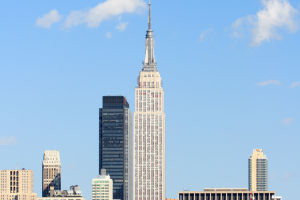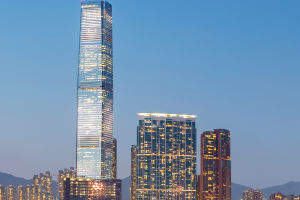Hi Lykkers! The Tokyo Skytree transcends its primary function as a broadcast and observation tower, influencing various facets of urban life and development, and setting benchmarks for future projects in global architecture.
Green Building
The Tokyo Skytree incorporates sustainable building technologies. It uses LED lighting throughout the structure, which not only reduces energy consumption but also contributes to the tower's nightly illumination display.
Symbol of Cultural Pride
As a modern landmark, the Skytree is a symbol of national pride and a testament to Japan’s resilience and forward-thinking. It embodies the harmony between technological advancement and deep respect for cultural heritage, encouraging a balanced approach to urban development.
Architectural and Engineering Feats
1. Innovative Design: The Skytree's design incorporates neo-futuristic elements and is inspired by the traditional Japanese aesthetic of sori and mukuri, which are gentle curves found in samurai swords. The tower's silhouette is not just visually appealing but also structurally optimized to withstand earthquakes, a common threat in Japan.
2. Height and Functionality: Standing at 634 meters, the Tokyo Skytree is the tallest tower in the world and the second tallest structure after the Burj Khalifa. It serves multiple purposes: broadcasting, observation, and tourism, making it a multi-functional skyscraper.
Aesthetic Influence
The Skytree’s design has set a new aesthetic standard for towers worldwide. Its unique silhouette and lighting schemes have inspired other cities to incorporate artistic elements into their functional structures, viewing them as canvases for cultural expression.
Impact on Tokyo’s Urban Development
1. Economic Boost: Since its opening in 2012, the Skytree has become a pivotal center for commerce and tourism. Surrounding areas have seen significant development, including new commercial spaces, residential buildings, and an increase in property values.
2. Cultural Hub: The Skytree is located in Sumida, a district rich in history and culture. Its presence has spurred a resurgence in interest in the area, blending old-world charm with modern-day attractions.
Future of Urban Landmarks
The Skytree represents a trend towards multi-use towers that serve as both functional broadcasting centers and public entertainment hubs. Its success has inspired similar projects worldwide, where aesthetics and utility are intertwined in skyscraper development.
The Tokyo Skytree is more than just a part of Tokyo's skyline; it is a beacon of modern architecture, innovative design, and cultural significance. As a modern landmark, it not only enhances the city's aesthetic appeal but also plays a crucial role in its urban and cultural development, showcasing the future of architectural landmarks on the global stage.


